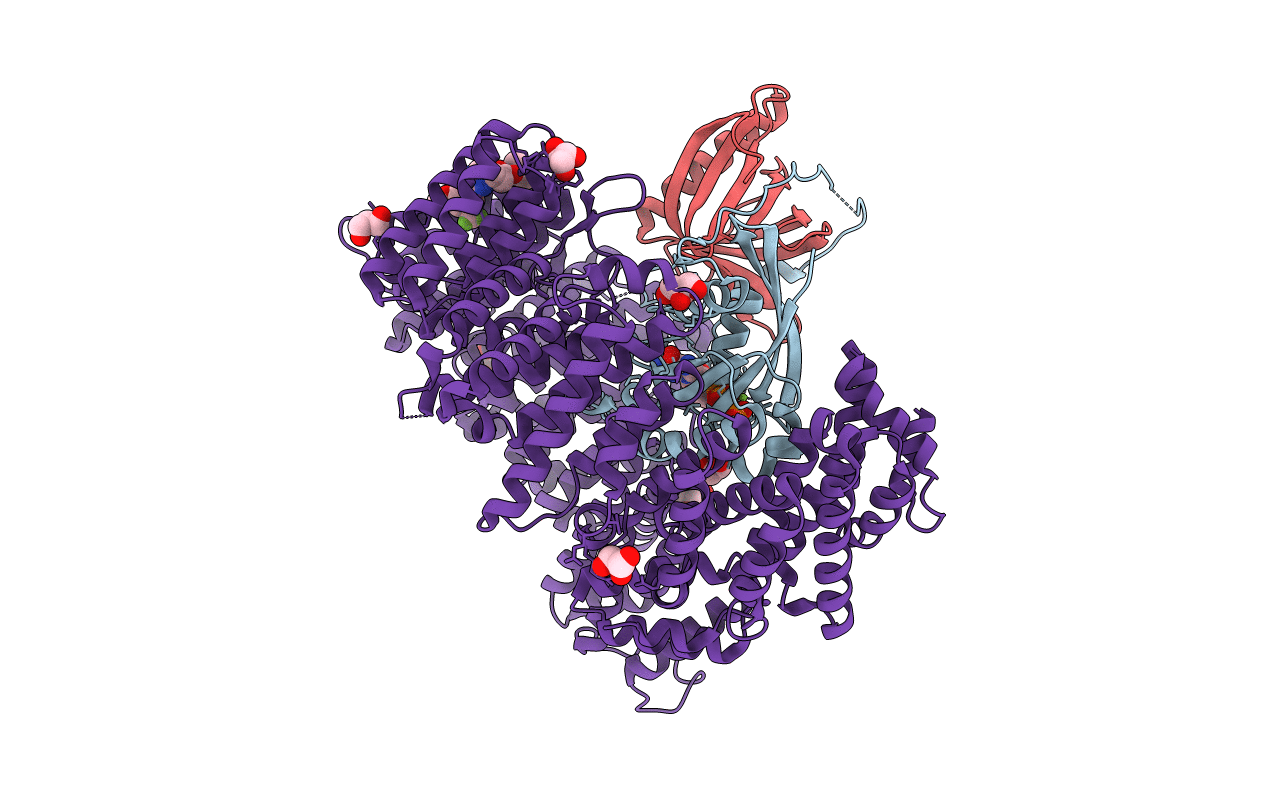
Deposition Date
2012-08-16
Release Date
2012-10-17
Last Version Date
2024-10-16
Entry Detail
PDB ID:
4GMX
Keywords:
Title:
Crystal structure of KPT185 in complex with CRM1-Ran-RanBP1
Biological Source:
Source Organism:
Homo sapiens (Taxon ID: 9606)
Saccharomyces cerevisiae (Taxon ID: 4932)
Saccharomyces cerevisiae (Taxon ID: 4932)
Host Organism:
Method Details:
Experimental Method:
Resolution:
2.10 Å
R-Value Free:
0.19
R-Value Work:
0.14
R-Value Observed:
0.15
Space Group:
P 43 21 2


